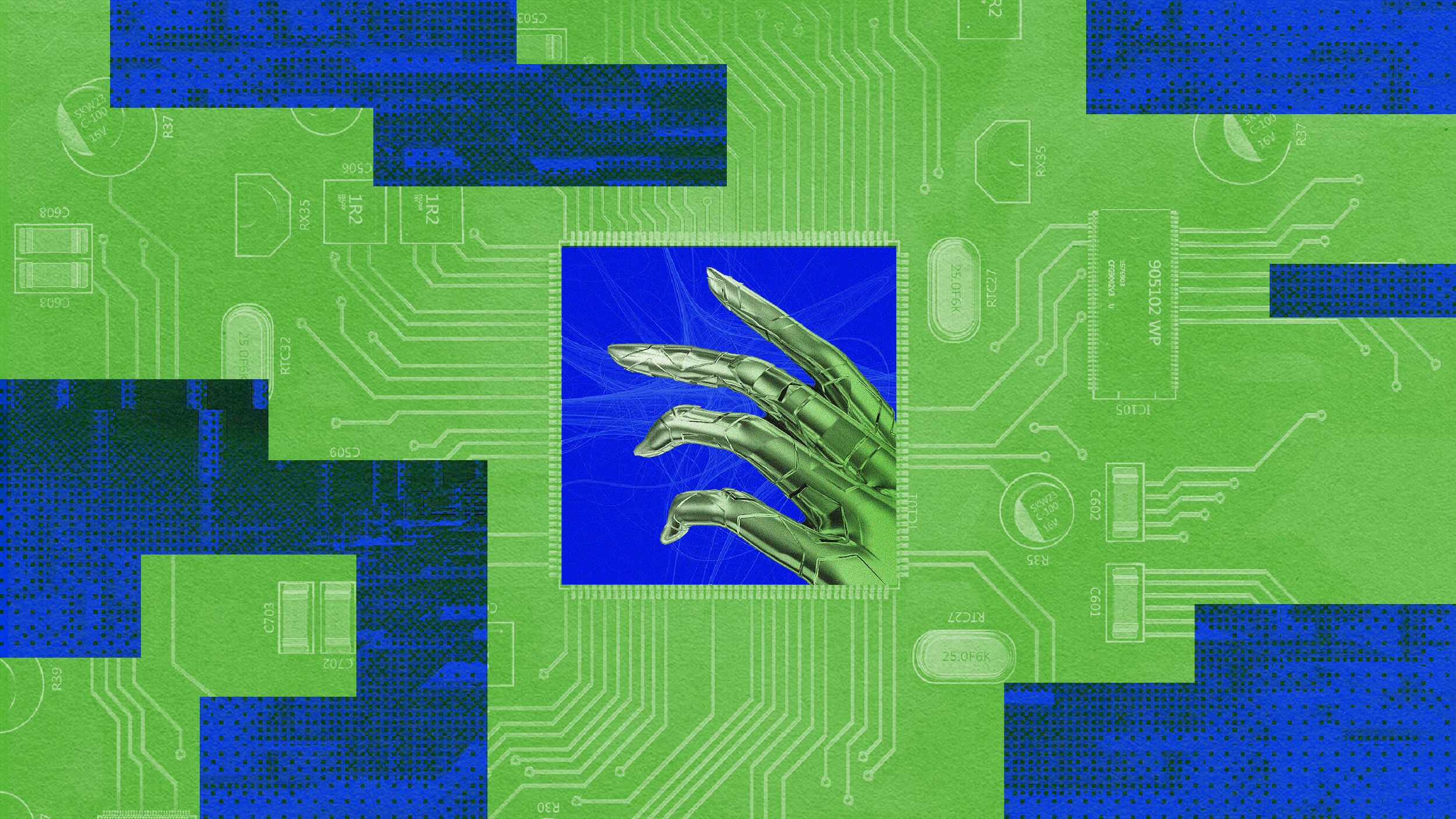Monkeys Can Do Basic Math Using Symbols

Editor’s Note: This article was provided by our partner, RealClearScience. The original is here.
It has been long thought that one of the characteristics that makes humans unique is our ability to learn and manipulate symbols for communication. However, this notion is starting to slowly unravel. Koko the gorilla knows sign language, and Alex the parrot was probably the most well-spoken bird to have ever existed. Also, a chimpanzee was trained to use Arabic symbols to add up sums as large as 4, and monkeys were taught to add dots together.
But that’s all child’s play; monkeying around, if you will. Now, PNAS reports that a team of Harvard and Yale researchers has trained rhesus macaque monkeys to recognize two sets of symbols, with 26 symbols in each set. And the monkeys demonstrated an ability to add them together!
The monkeys were given a touch-screen device that was divided in two halves. In the first stage of the experiment, the monkeys had to determine which side had the greater amount. First, they had to examine dots. Second, they had to examine Arabic numerals (1-9) or letters (which represented numbers 10-25). Finally, they had to examine Tetris-like symbols which represented numerical values. To keep the monkeys playing, they were given drops of liquid treats that corresponded to the value they chose, regardless of whether they picked the right answer. (For example, if the choice is between 4 and 8 and the monkey picked 4, he would get four drops.) Obviously, larger values mean more treats, so the monkeys had an incentive to learn how to recognize the larger value.

In the second stage of the experiment, the monkeys were again prompted to choose the greater of two values. This time, one side displayed two symbols (“addends”). The monkeys had to determine if the sum of the addends was greater than the single value on the other side of the screen. It took them several weeks to get the hang of this, but they eventually caught on.

But the researchers weren’t satisfied with simply knowing that monkeys could do basic math. They wanted to know what the monkeys were thinking.
Digging more deeply into the monkeys’ selections, the authors discovered that, at first, the monkeys were ignoring the smaller addend. For example, if one side of the screen displayed 3 and 7, the monkey essentially ignored the 3. Only after several weeks did the monkeys learn that they needed to add 3 and 7 together to determine the correct answer. Even then, the monkeys greatly undervalued the smaller addend.
This result, however, does not necessarily demonstrate that monkeys were performing a calculation. It is possible that the monkeys had simply memorized number combinations. To determine if the monkeys were actually doing math or were simply recalling memorized patterns, the researchers tested the monkeys with another addition task utilizing the Tetris-like symbols. If they were memorizing symbols, it should take the monkeys just as long as it did previously to determine the correct answers. However, they were much faster at learning this task. This implies that pattern memorization is an unlikely explanation. Instead, the monkeys had transferred the skill of arithmetic to evaluate the Tetris-like symbols.
More evidence in favor of calculation rather than memorization occurred when the monkeys were presented with choices such as 5 + 7 versus 8. A monkey may be inclined to pick 8 because the number 8 is larger than both 5 and 7. However, 8 is the incorrect answer. Even on this difficult task, the monkeys more quickly learned how to pick the correct answer using the Tetris-like symbols, lending further support to the conclusion that the monkeys had learned arithmetic with the numerals/letters and transferred the skill to a new set of symbols.
As impressive as these results are, the monkeys’ arithmetic was not terribly accurate if the compared values were similar. For example, choosing between 4 + 6 and 9 was a bit too difficult. So, you may want to hold off on hiring a chimpanzee accountant.
Source: MS Livingstone et al. “Symbol addition by monkeys provides evidence for normalized quantity coding.” PNAS. Published online before print: 21-Apr-2014. doi: 10.1073/pnas.1404208111





